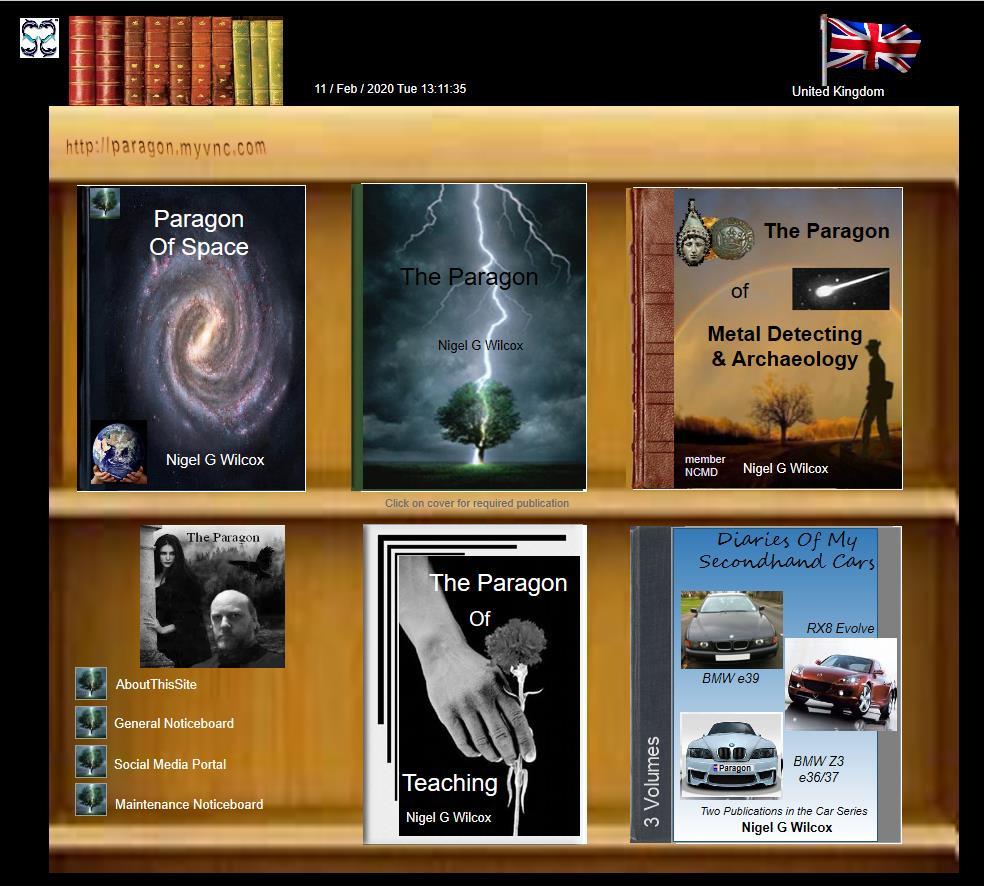




Looking After Your Finds - Reference
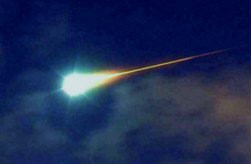
Powered By Sispro1

Introduction to Meteors & Meteorites
[1-3]
1 - Stony
3 - Stony-iron.
See Rocks & Minerals Menu
For more on Meteor-ites see: Paragon of Space Publication - Meteorites
Copyright All Rights Reserved by Nigel G Wilcox E-Mail: ngwilcox100@gmail.com
Group Pages
Meteorites
Complimentary Topics
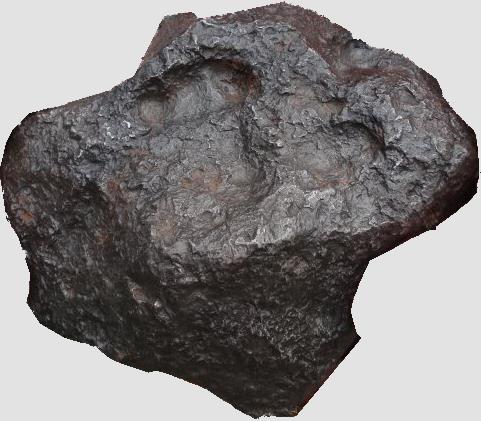
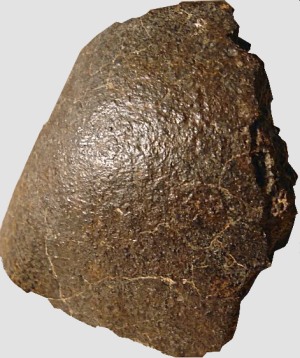
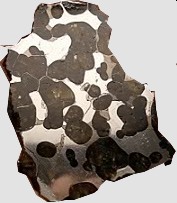
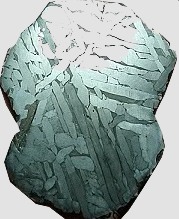
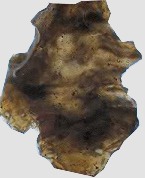
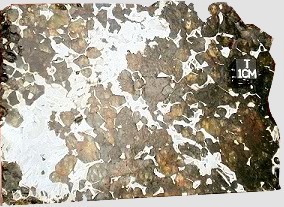
Stony meteorites are exactly what they sound like; they are rocky combinations of minerals that could be easily mistaken for an Earth rock if not for their peculiar properties.
2 - Iron
Designed by Nigel G Wilcox
The stony meteorites contain combinations of different minerals, such as iron, silicon, oxygen and magnesium. Some are made from the materials of planets, while others are parts that have broken off from asteroids.
When meteorites reach the earth they are usually very tiny. Some large ones have done so, though, such as a 66 pound meteorite that landed on a farm in Nambia. Antarctica seems to have numerous meteorites on its surface, which scientists have studied extensively to help them gain ground in the quest for knowledge of space. When these large meteorites crash to earth the impact causes a crater. There are over a hundred such impact craters or basins on Earth, the largest being the Meteor Crater in Arizona, which measures over four thousand feet wide and is about 500 feet deep.
When meteorites reach the earth they are usually very tiny. Some large ones have done so, though, such as a 66 pound meteorite that landed on a farm in Nambia. Antarctica seems to have numerous meteorites on its surface, which scientists have studied extensively to help them gain ground in the quest for knowledge of space. When these large meteorites crash to earth the impact causes a crater. There are over a hundred such impact craters or basins on Earth, the largest being the Meteor Crater in Arizona, which measures over four thousand feet wide and is about 500 feet deep.
While stony meteorites are more common, iron meteorites are more resilient, tend to resist weathering, and survive impact more often than some stony types. In addition to these 3 major types of meteorites, there are many sub-types and variations which would fill up an encyclopedia. Some of the most interesting of the rare types are the so-called "planetary" meteorites. Planetary meteorites have been determined to originate from large familiar parent bodies, like the Moon and Mars. Yes, you read correctly - some meteorites are actually fragments of our Moon and the planet Mars! How is it possible that a piece of the Moon or Mars ended up on Earth? In fact, most of the craters you can observe on the Moon were caused by meteorite impacts! A long time ago, a large meteorite that was a mile across (or bigger) slammed into the surface of the Moon or Mars. The resulting catastrophic impact and explosion hurled large amounts of material upwards which escaped the feeble gravity of these planets and escaped into space.
These fragments then floated around in the solar system until they crossed paths with Earth's orbit and were captured by our gravity. In this manner, small pieces of other worlds can actually land on Earth! These planetary meteorites are the rarest of the rare and are highly desired by collectors and scientists alike for what they can teach us about the evolution of planets, including our own. [http://www.galactic-stone.com/pages/meteorites]
Now I would like to address the obvious question - how do we really know it's a meteorite? I get that question all the time, mostly from people who are curious about meteorites, but have no prior experience with them. This is a relatively easy question to answer because meteorites possess some peculiar properties that are not present in Earth materials. First and foremost is the content of elemental nickel. Pure nickel is exceedingly rare in the Earth's crust and the vast majority of the Earth's nickel is found deep down in the core of our planet. The nickel that is present on the surface of the Earth (or near the surface) is contained in combined ores and not in a pure elemental form. Pure nickel must be extensively processed out of the raw ore, and one just doesn't find Earth rocks or minerals with pure nickel in them. Any "rock" that has high nickel content is automatically a meteorite suspect. One can easily determine a sample's nickel content by doing a simple chemical reaction test. Another hallmark of meteorites are "chondrules" - which are small spheres of various minerals which are embedded in the body (or matrix) of the meteorite. These chondrules are distinctive and unlike any Earthly formation of minerals. On a sliced meteorite, chondrules will appear as little circles embedded in the rocky matrix. This is the result of the saw cutting through the spherical chondrules - revealing them in cross section. Chondrules are the product of processes that are not present on Earth, so if one has a rock with chondrules in it, then it's a meteorite. There are other litmus tests as well, including specific gravity, and the degree of magnetic attraction. See the following example:
Now I would like to address the obvious question - how do we really know it's a meteorite? I get that question all the time, mostly from people who are curious about meteorites, but have no prior experience with them. This is a relatively easy question to answer because meteorites possess some peculiar properties that are not present in Earth materials. First and foremost is the content of elemental nickel. Pure nickel is exceedingly rare in the Earth's crust and the vast majority of the Earth's nickel is found deep down in the core of our planet. The nickel that is present on the surface of the Earth (or near the surface) is contained in combined ores and not in a pure elemental form. Pure nickel must be extensively processed out of the raw ore, and one just doesn't find Earth rocks or minerals with pure nickel in them. Any "rock" that has high nickel content is automatically a meteorite suspect. One can easily determine a sample's nickel content by doing a simple chemical reaction test. Another hallmark of meteorites are "chondrules" - which are small spheres of various minerals which are embedded in the body (or matrix) of the meteorite. These chondrules are distinctive and unlike any Earthly formation of minerals. On a sliced meteorite, chondrules will appear as little circles embedded in the rocky matrix. This is the result of the saw cutting through the spherical chondrules - revealing them in cross section. Chondrules are the product of processes that are not present on Earth, so if one has a rock with chondrules in it, then it's a meteorite. There are other litmus tests as well, including specific gravity, and the degree of magnetic attraction. See the following example:
Iron meteorites are pieces of solid metal that are very dense and contain high concentrations of the element nickel. Imagine something as dense as a piece of a railroad track and you get some idea how heavy iron meteorites are for their size.
A meteor is a bright streak of light that appears in the sky and is often called a shooting or falling star because it looks like it is falling from the sky. The brightest meteors are often called fireballs. When a chuck of matter, called a meteoroid, from outer space enters the atmosphere around the earth, the friction caused by the entry causes the air around it to glow. This lights up the trail of gases from the meteor and is why we can see the light with the naked eye. Most meteors burn out before they reach the Earth s atmosphere. The ones we see in the night sky only glow for a second or two.
There are millions of meteors entering the atmosphere every day and night. We cannot see them during the day because of the daylight. They come from meteoroids and most are only about the size of a pebble. They become visible at altitudes of 40-75 miles above the surface of the Earth, but they disintegrate by the time they come within 30-60 miles of the Earth. However, some meteors do reach the Earth s surface, in which case they are called meteorites.
Meteoroids, like the planets, revolve around the sun. Some of them travel faster than others and it is these that glow when they enter our atmosphere because they are traveling faster than the Earth and they clash with the lower speed.
There are three kinds of meteorites that have landed on Earth -
There are millions of meteors entering the atmosphere every day and night. We cannot see them during the day because of the daylight. They come from meteoroids and most are only about the size of a pebble. They become visible at altitudes of 40-75 miles above the surface of the Earth, but they disintegrate by the time they come within 30-60 miles of the Earth. However, some meteors do reach the Earth s surface, in which case they are called meteorites.
Meteoroids, like the planets, revolve around the sun. Some of them travel faster than others and it is these that glow when they enter our atmosphere because they are traveling faster than the Earth and they clash with the lower speed.
There are three kinds of meteorites that have landed on Earth -
The Paragon Of Metal Detecting
& Archaeology
& Archaeology
Pages
Member NCMD
Reference Menu




















